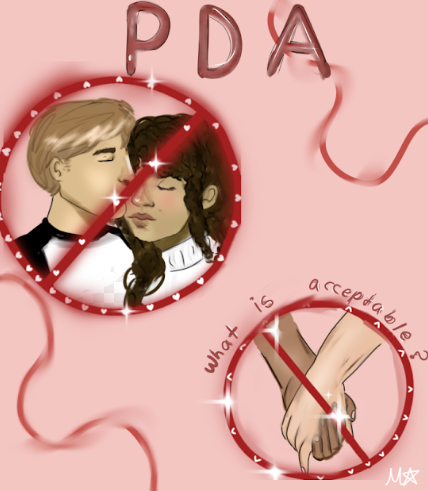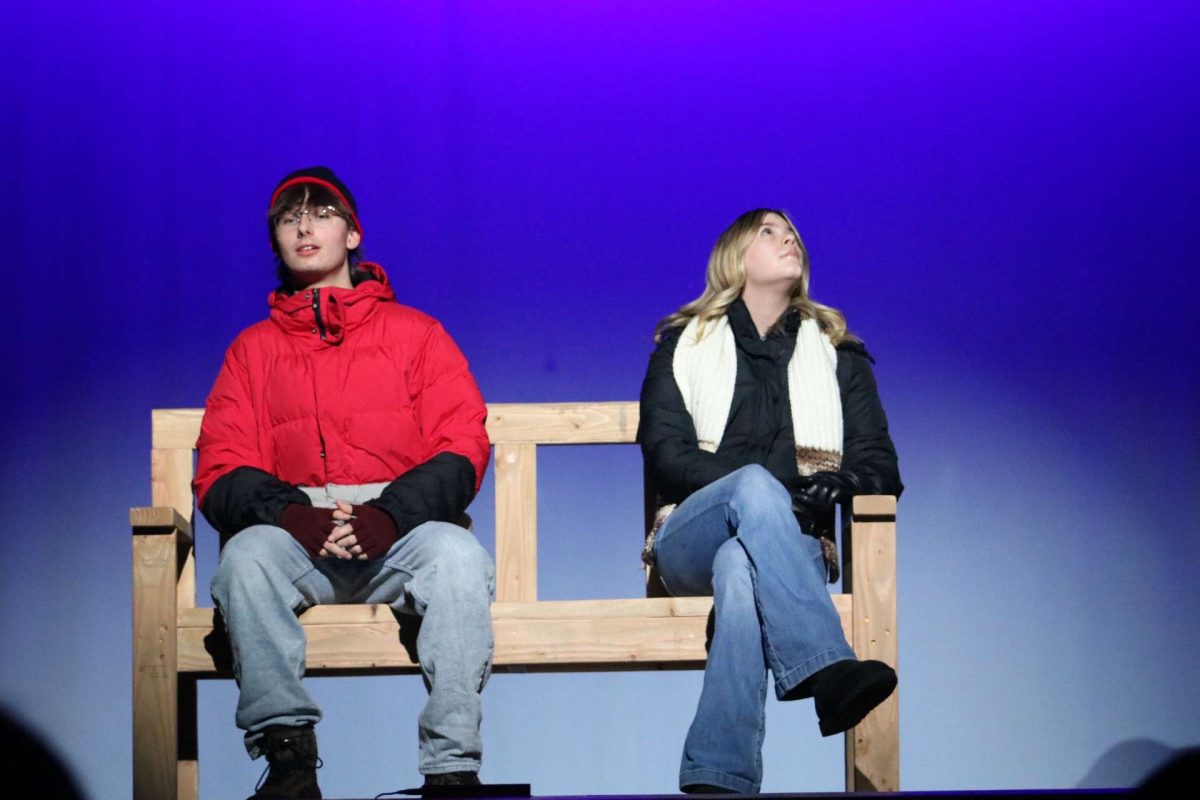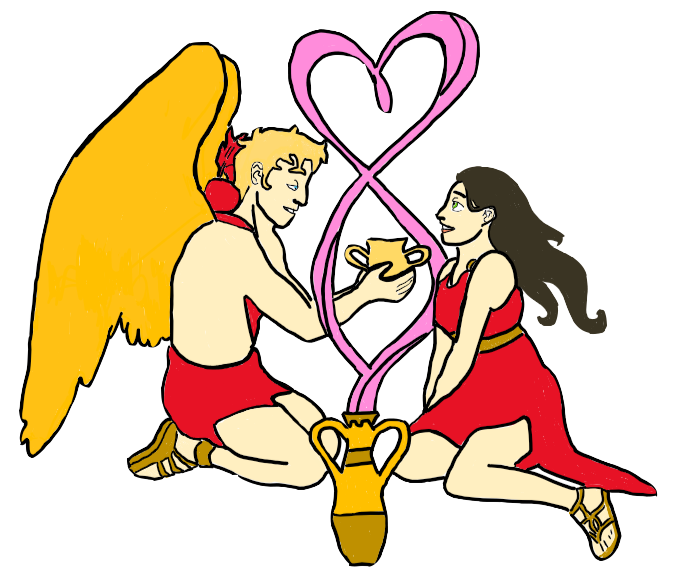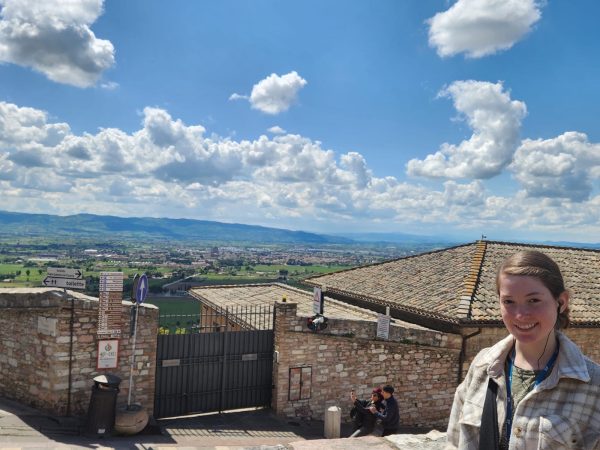The History of Valentine’s Day
Valentine’s Day: the holiday of boxed chocolates, roses, teddy bears, and romance. Although a seemingly simple celebration on the outside, the holiday has a deep-rooted religious history that can make the day even more special to those celebrating. To begin one of the many stories of Valentine’s Day, one must become acquainted with St. Valentine. Nobody quite knows which St. Valentine the holiday was named after, as there are three St. Valentines recognized by the Catholic Church, but all share a common fate.
The most well-known story is of the first St. Valentine, a priest in Rome. Emperor Claudius II had outlawed the marriage of young men on the basis that unmarried men made better soldiers. St. Valentine, being a priest, saw injustice in this prohibition and continued to marry young couples in secret. After his actions were discovered by the government, St. Valentine was beheaded on Feb. 14, 270 A.D..
The second story refers to St. Valentine, Bishop of Terni, Italy. He was invited to Rome by the Greek philosopher Crato in hopes that he could heal Crato’s son, who suffered from a disability. After St. Valentine was able to cure the boy, Crato and his disciples marveled over the miracle, and thus, converted to Christianity. One convert, Abbondius, was the son of a high-ranking Roman official, who was not happy about his son’s conversion. Consequently, he had St. Valentine beheaded.
The third and final story features St. Valentine, this time in prison; he had been arrested for helping to break Christians out of harsh Roman jails. After falling in love with the jailor’s daughter, he wrote her a letter signed, “From your Valentine.” From here, the holiday’s popular phrase was born.
At the end of the fifth century, Pope Gelasius commemorated the day of Valentine’s death, Feb. 14, with a holiday and named it Valentine’s Day. It was not until the Middle Ages, however, that the day became associated with love. During the time, it was believed that birds’ mating season began on Feb. 14, therefore attributing a sense of romance to the holiday.
One cannot forget about the unofficial Valentine’s Day mascot: Cupid. Although widely known as the Roman god of love, Cupid was inspired by the Greek god of love, Eros. Eros’ power came from his bow; golden arrows caused one to fall in love, and leaden arrows did just the opposite. In one legend, Eros’ mother, Aphrodite, becomes jealous of Psyche, a beautiful mortal woman, and instructs her son to make Psyche fall in love with a monster. However, Cupid falls in love with the mortal instead, and, after many difficulties, they marry.
2021’s Valentine’s Day certainly looked a little different than usual. However, there were still many ways to safely celebrate the holiday. One might have held a stay-at-home movie date, eaten breakfast in bed, or even, simply, gone on a hike. Those without a Valentine partner could still partake in the festivities: binge-watching Netflix shows, eating candy hearts and chocolates, or even ordering in take-out were all perfectly acceptable ways to celebrate. “For Valentine’s this year, I plan to spoil my daughter and my wife with chocolates, flowers, and all of my love and attention,” said global history teacher David Rabinowitz, prior to the holiday. Science teacher Joseph Puleio also planned to celebrate the holiday in a traditional sense: “I’ll be taking my wife out to dinner and buying her roses,” he said. Alyssa White, orchestra teacher, had a bit of a different event scheduled for Valentine’s Day. “Mr. White and I are getting our second dose of the vaccine on Valentine’s Day!” she laughed.
After learning the history of Valentine’s Day, perhaps one will have a deeper appreciation for the holiday. It has come a long way from the fifth century, starting as a commemoration of St. Valentine’s death, and then transforming into a holiday of romance, Cupid, and gifts of appreciation, like chocolates and roses. Whether one indulged in fancy meals, or simply stayed home and watched movies, it was a holiday to be enjoyed by all. Pandemic or no pandemic, Valentine’s Day will still always be a historical holiday of love.

I am a member of the Class of 2023 as well as one of the editors-in-chief of the print edition of Horizon. I enjoy reading, playing the violin, and using...














































